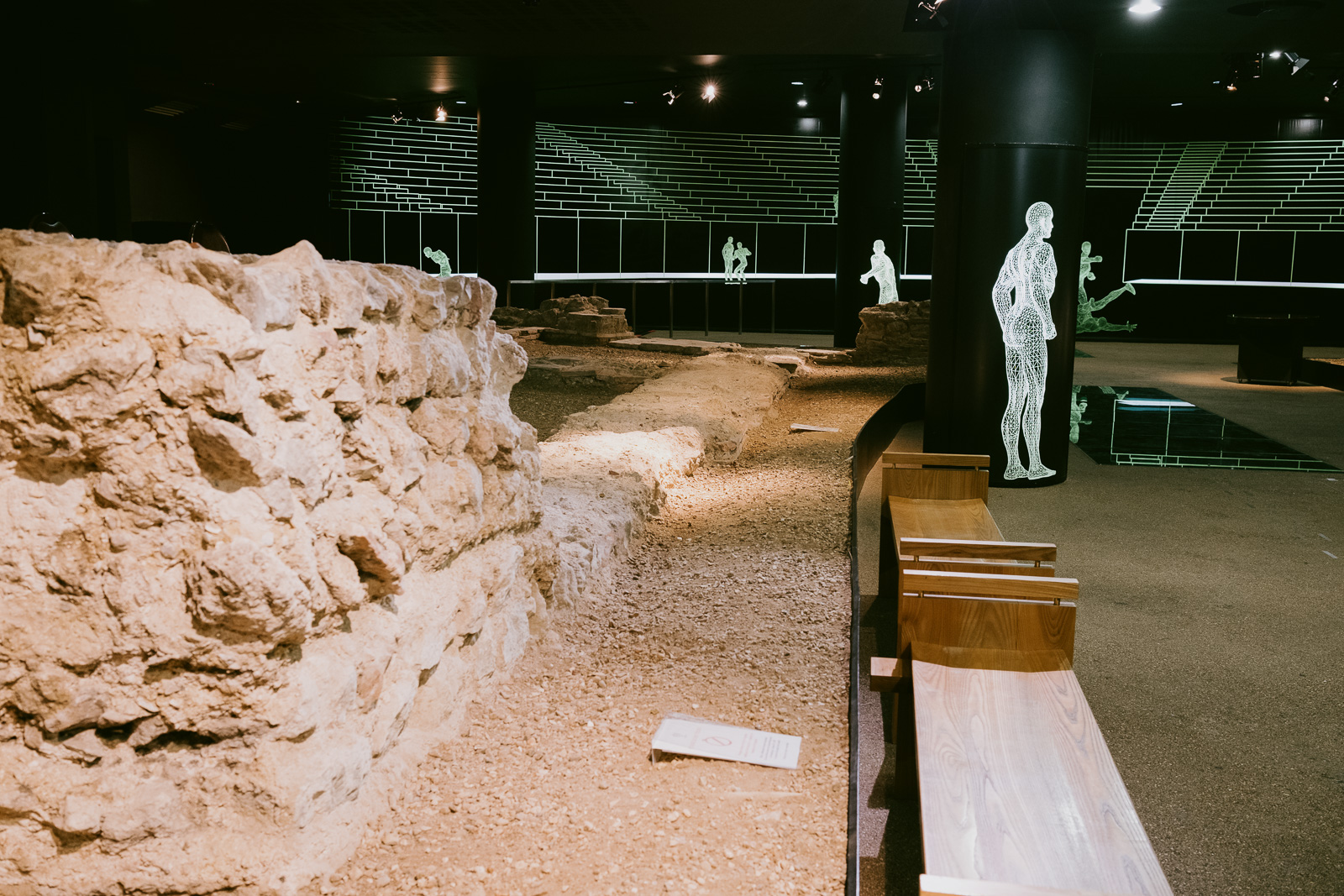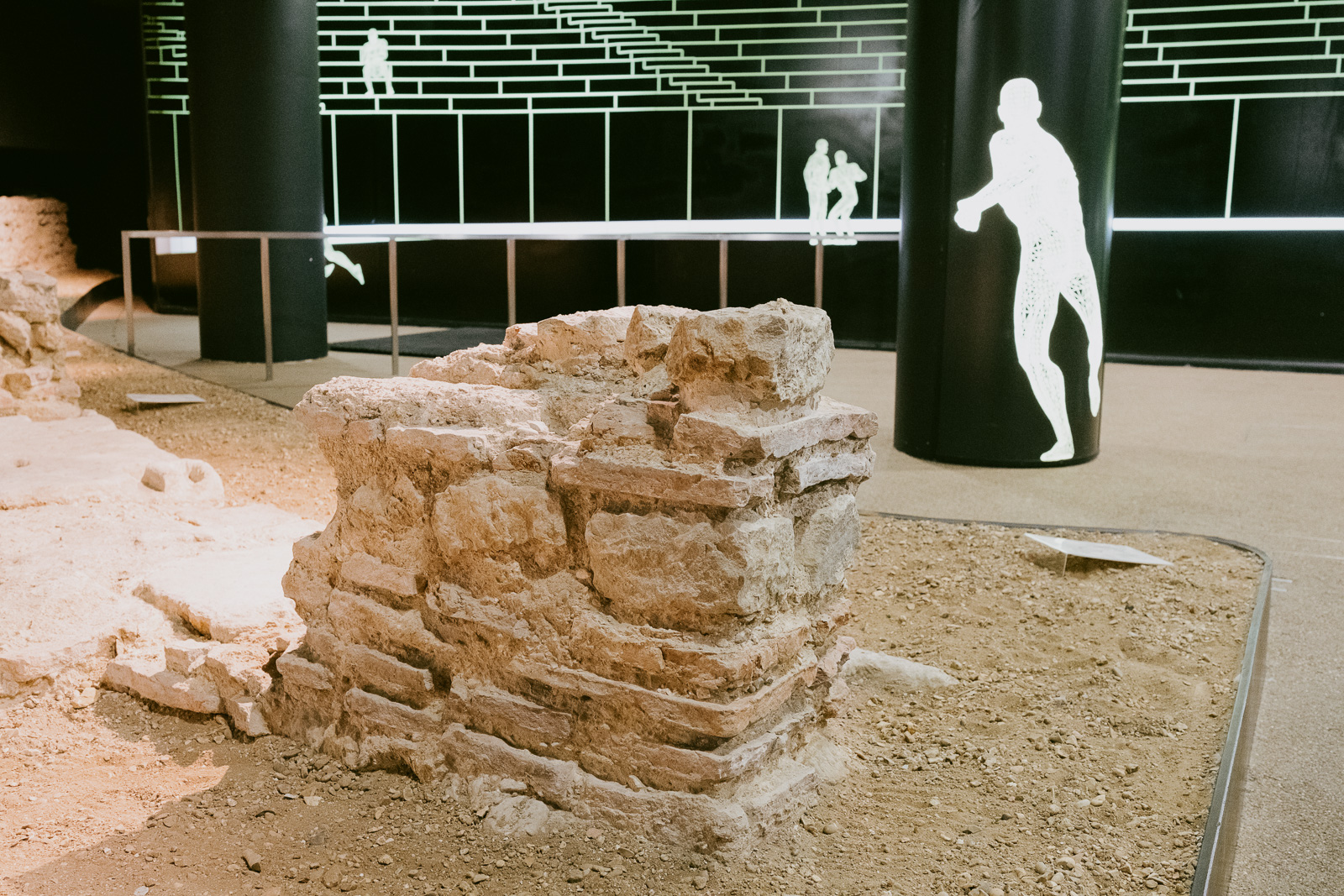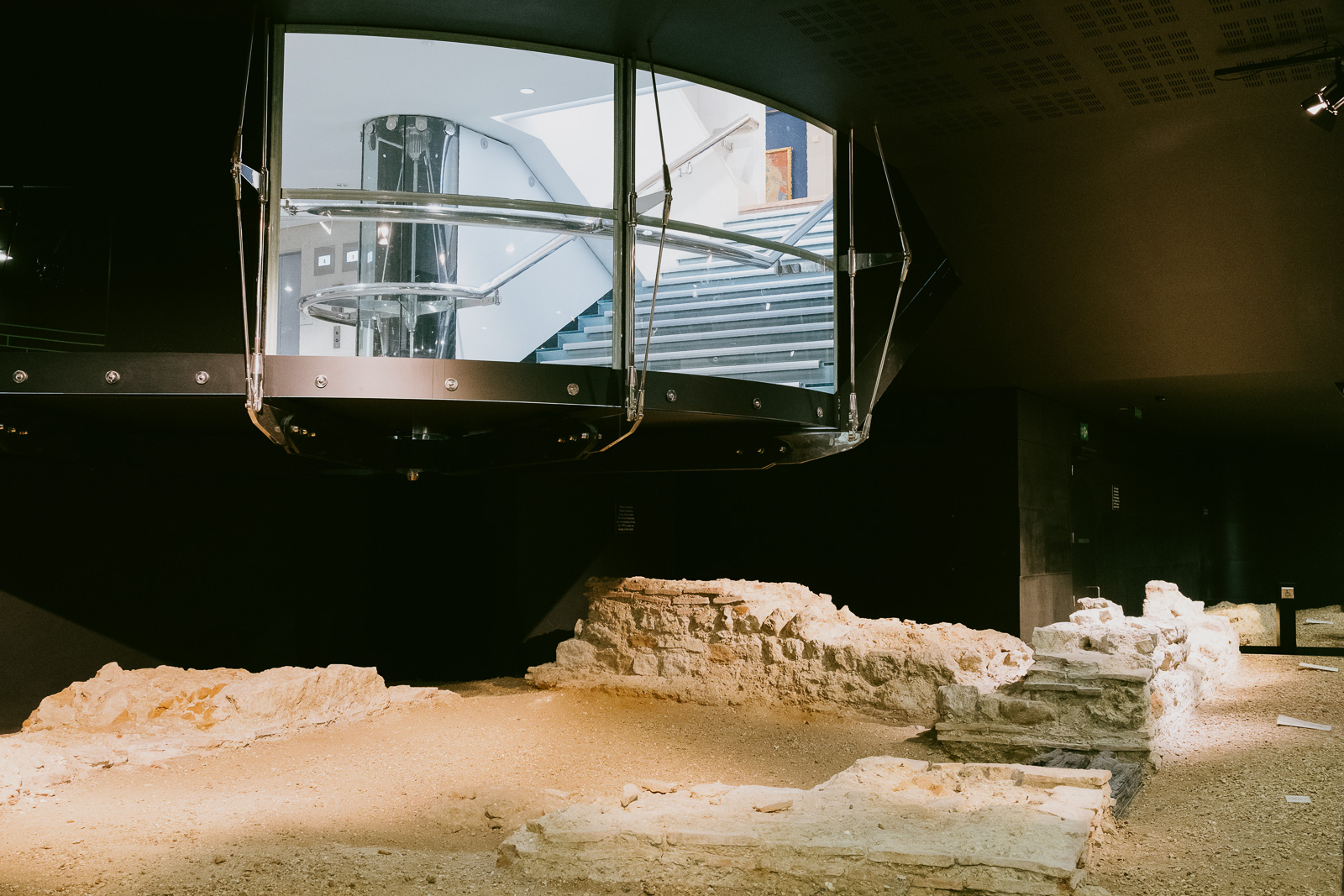Guildhall Art Gallery
The Guildhall Art Gallery, situated right next to the Guildhall itself, was built in 1999 to house the art collection of the City of London, which had been put into storage during World War II and essentially never taken out.
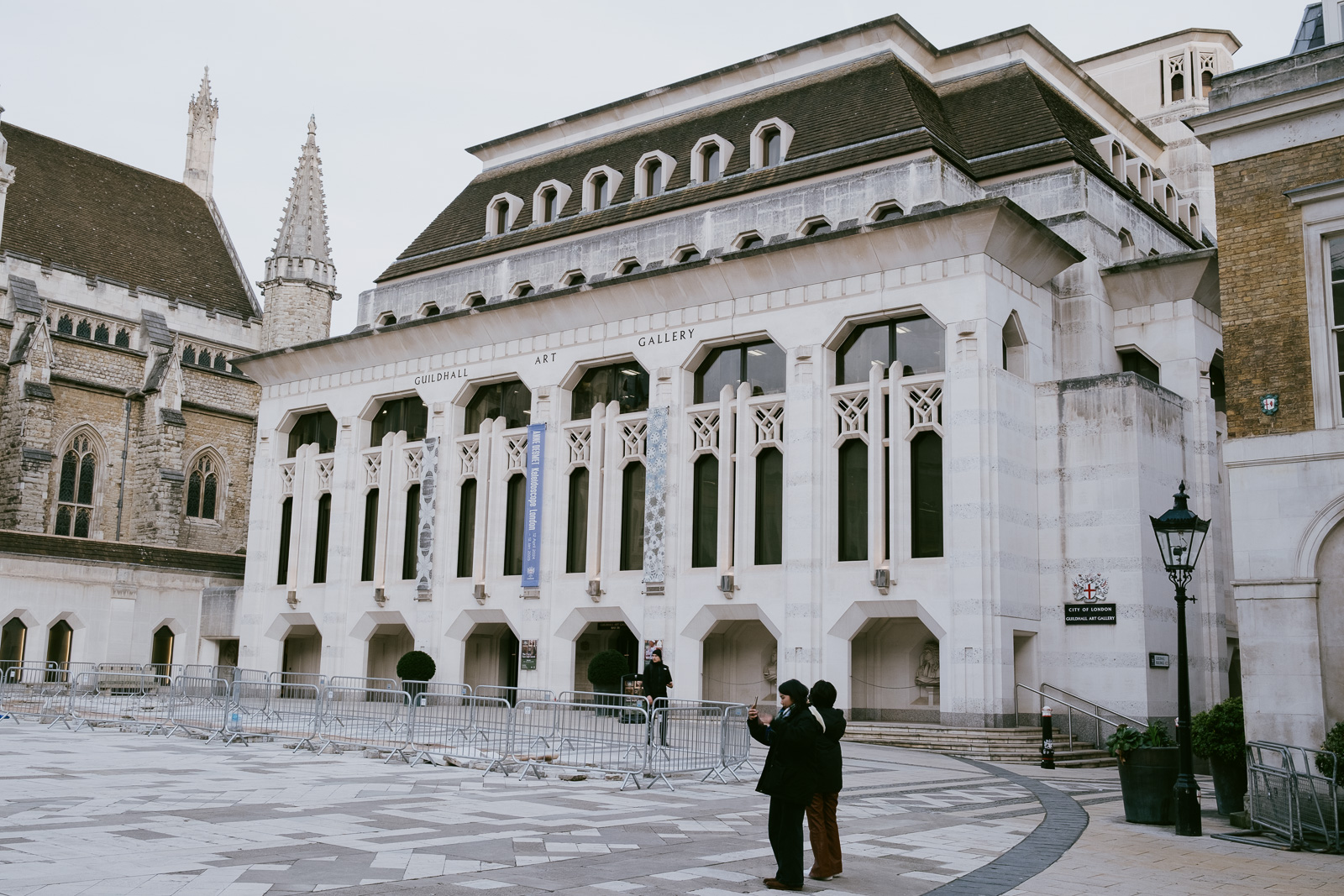
The building was designed in postmodern style by the architect Richard Gilbert Scott, grandson of the Gothic Revival architect George Gilbert Scott. Echoes of the gothic and neoclassical styles that pepper the City can be seen in its columns and arches.
Its design and construction was a tortuous process, as Gilbert Scott himself described.
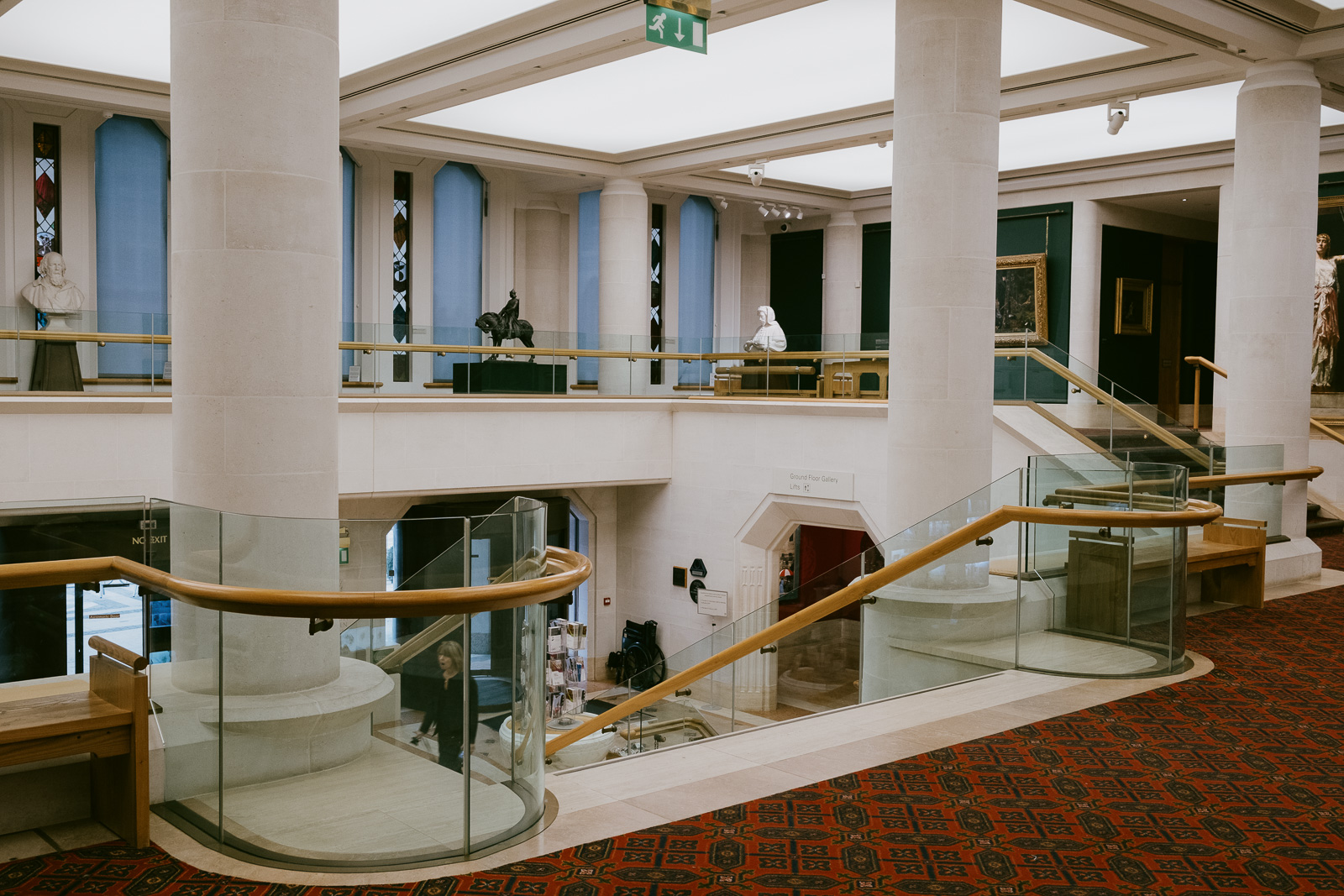
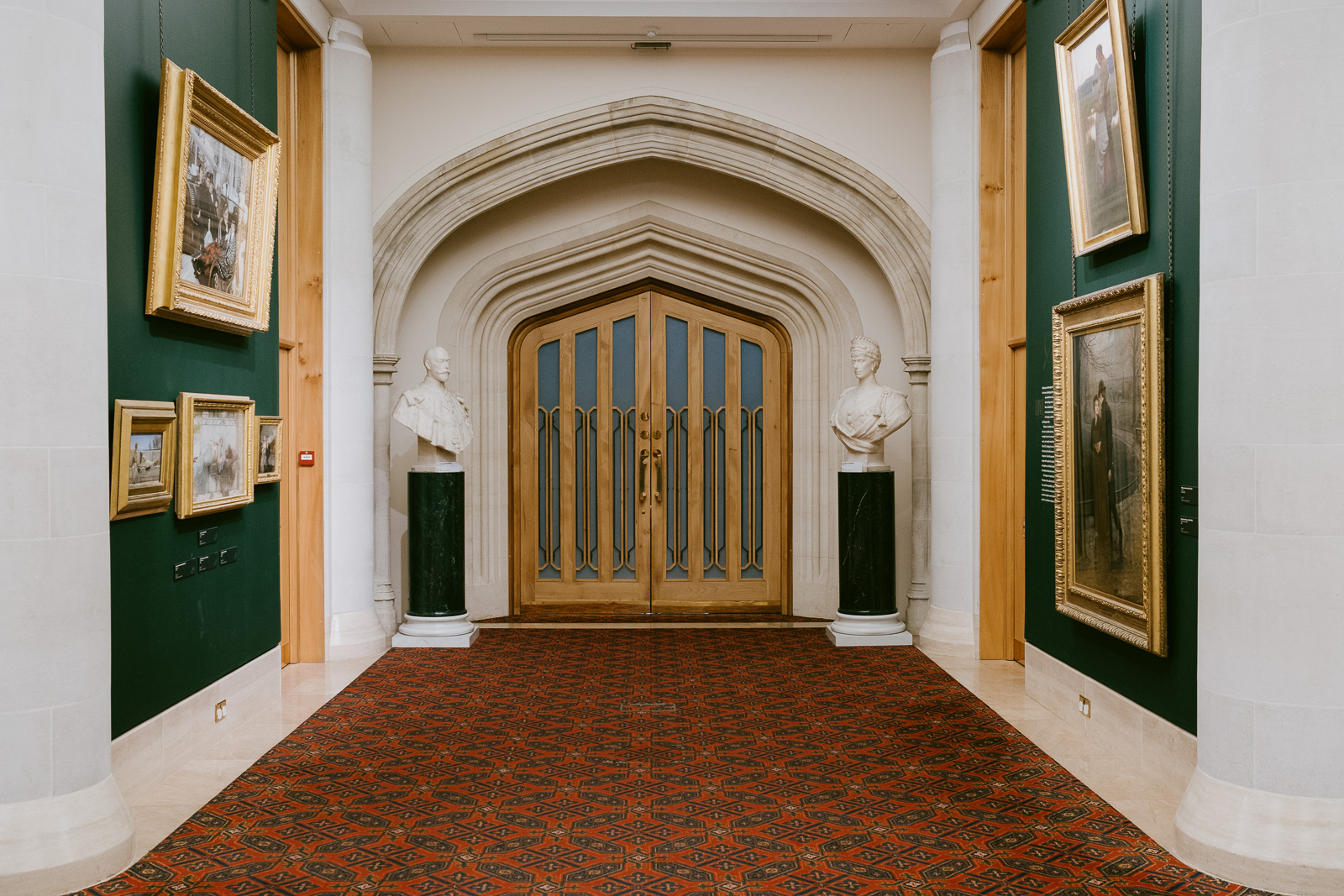
The collection skews towards the Victorian era, a heyday of the City, and towards British artists.
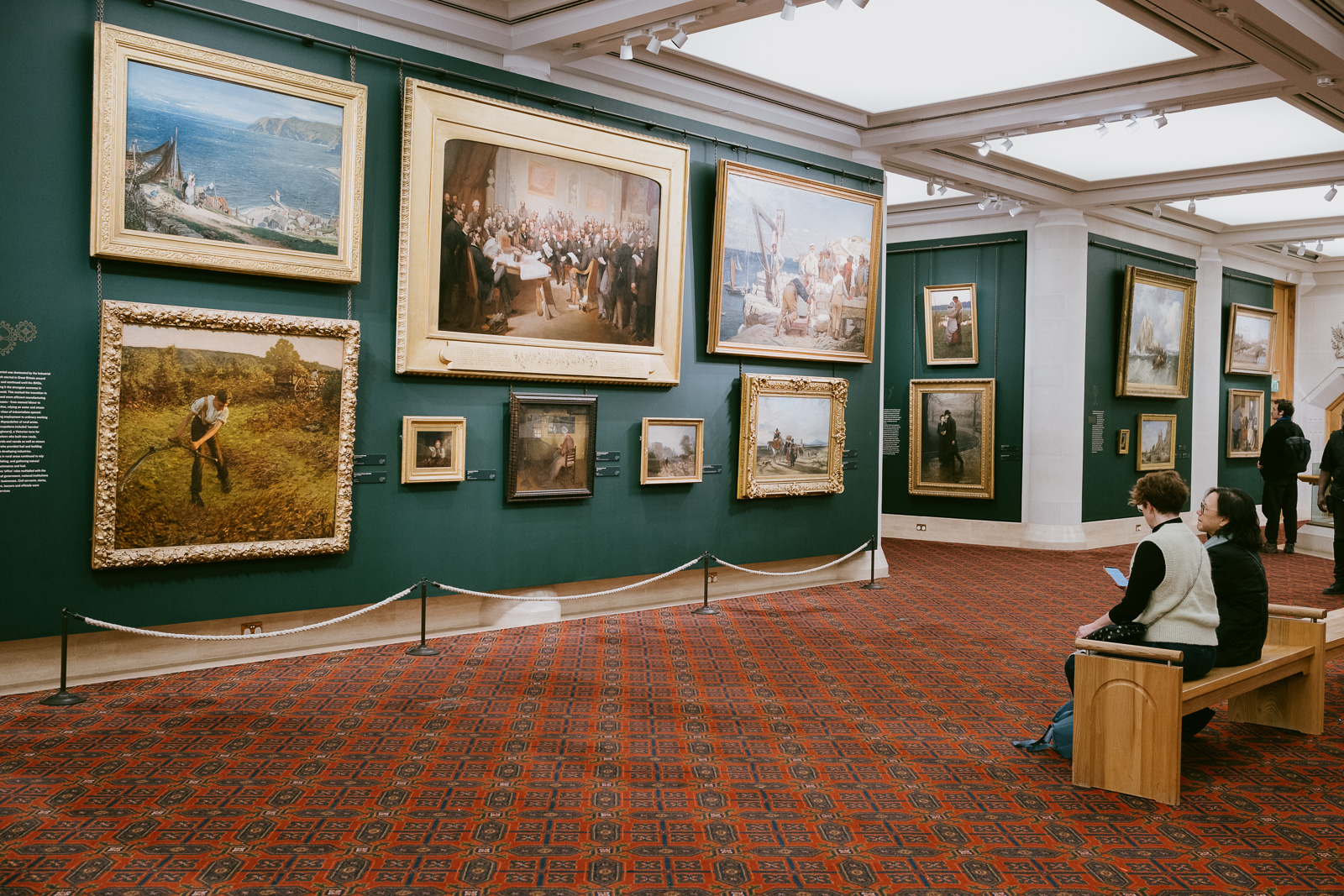
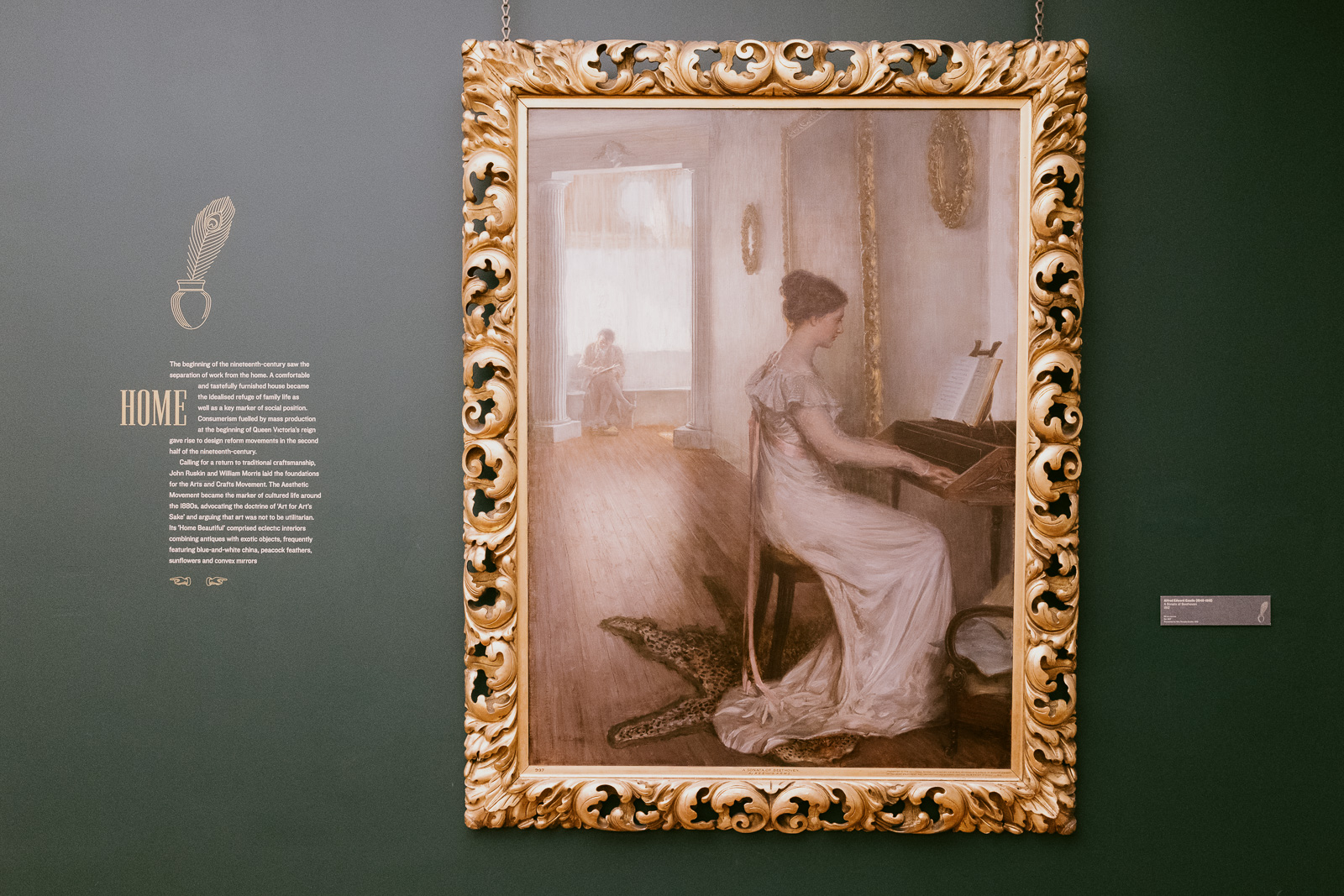
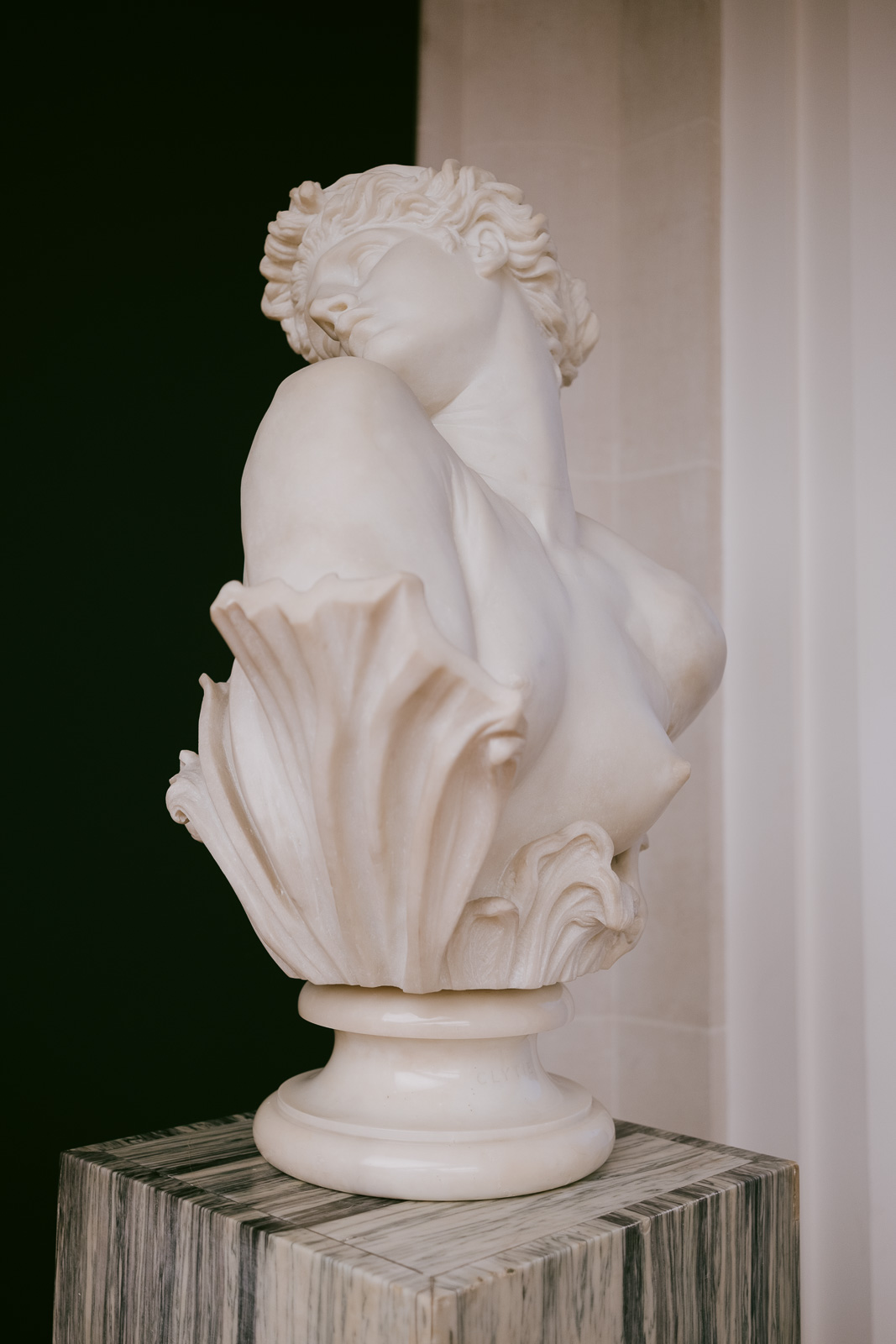
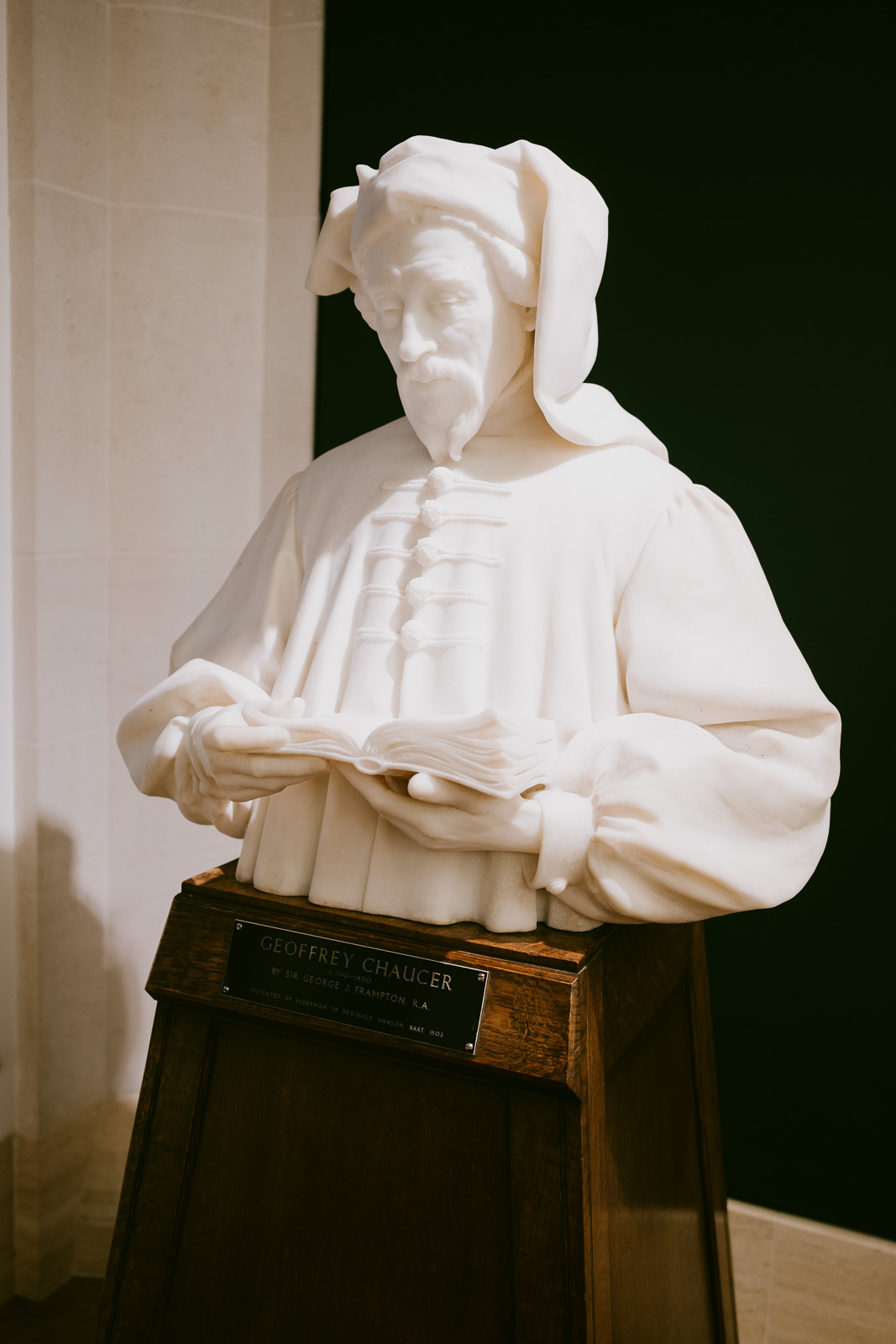
One of the most remarkable paintings in the collection is John Singleton Copley’s enormous The Defeat of the Floating Batteries at Gibraltar, the largest oil on canvas on display anywhere in the United Kingdom. It’s so large that the museum was designed around it, with the painting spanning two floors with a mezzanine viewing area.
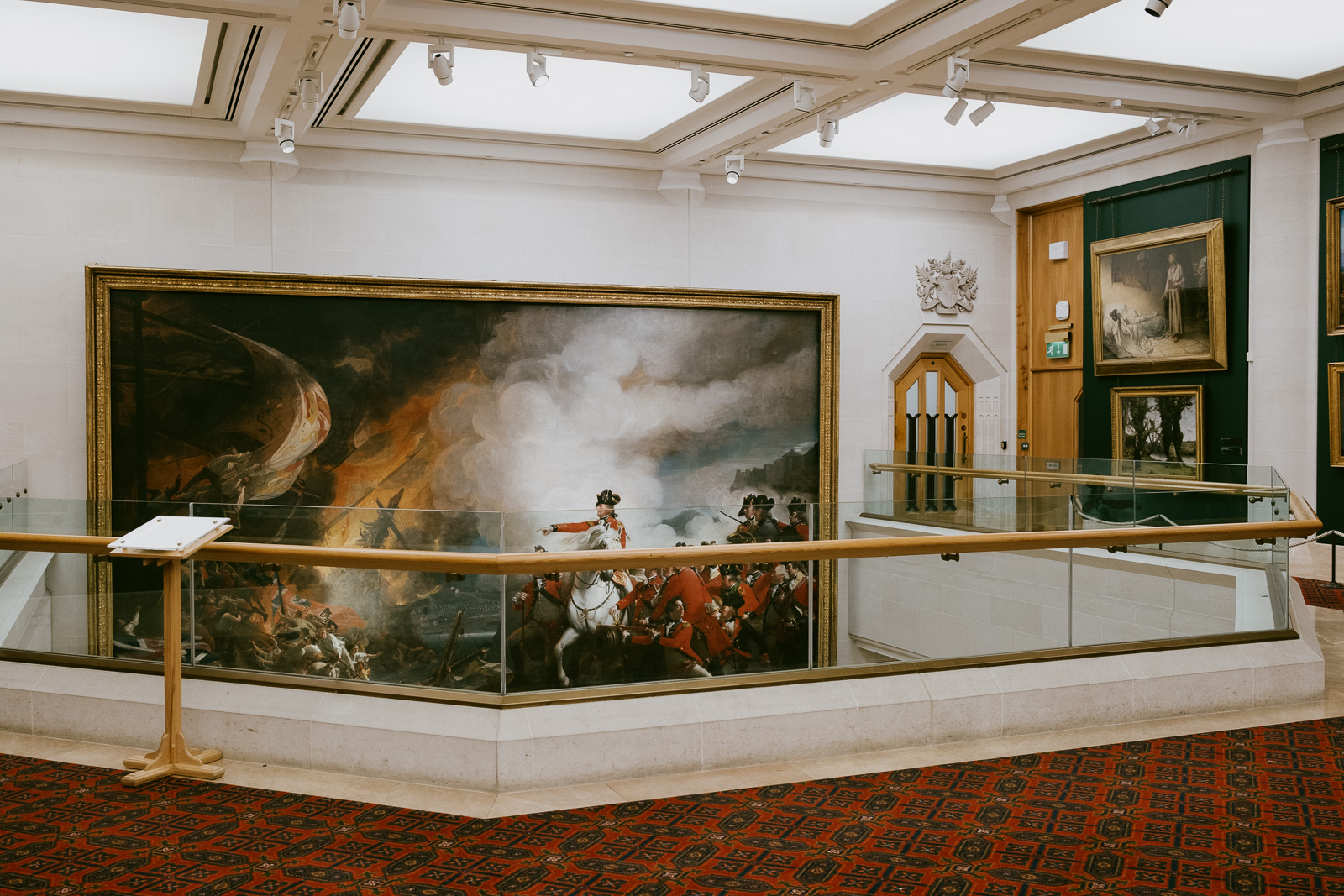
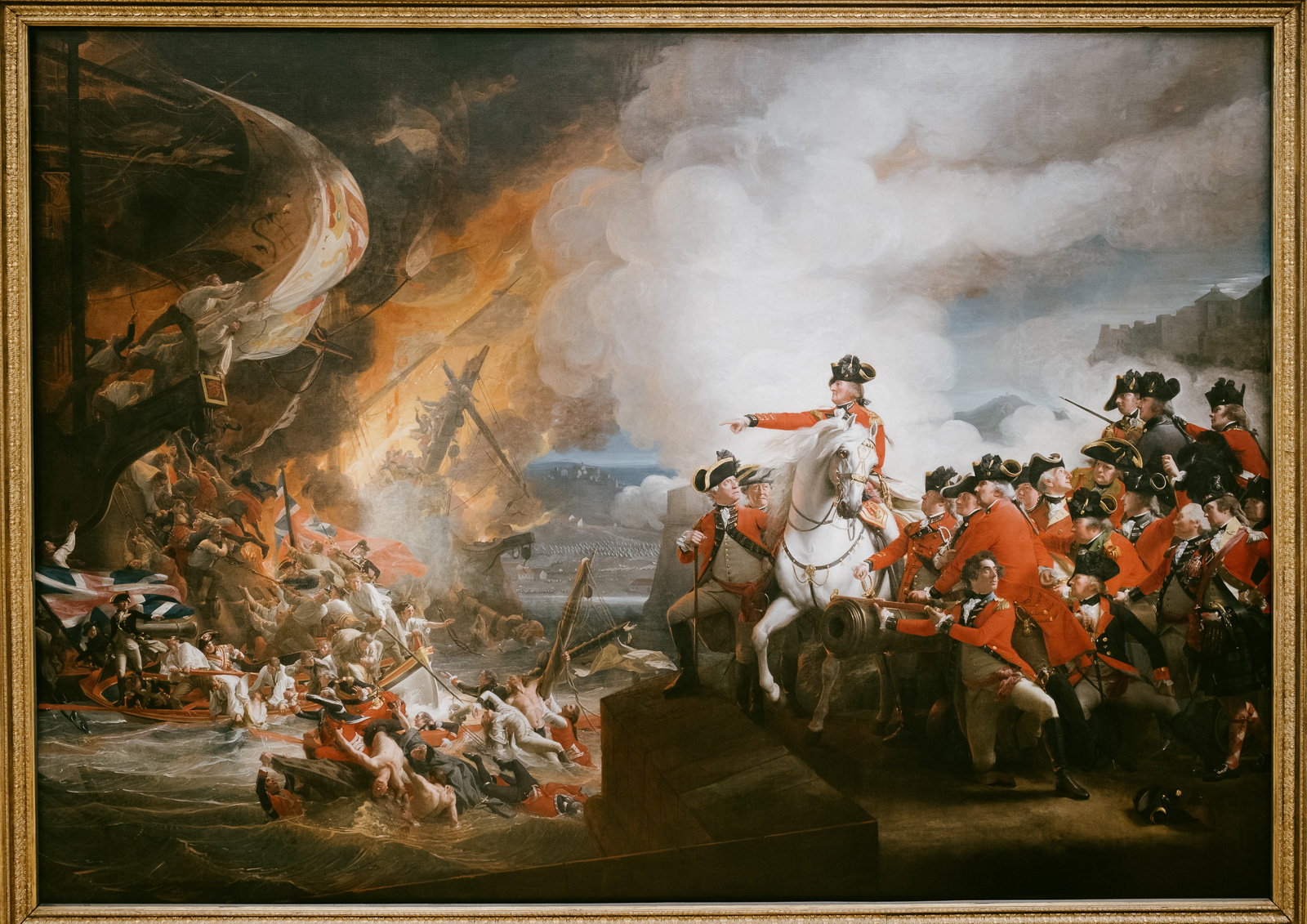
Perhaps the most surprising part of the gallery is in the basement. The gallery was supposed to have been built in the mid-1980s, but during excavations for the site a remarkable discovery was made: the ruins of Londonium’s Roman amphitheatre. It had always been presumed that a city of Londinium’s size would have had an ampthitheatre, but its location was unknown.
Archaeological excavations began immediately, and the building had to be redesigned to accommodate the ruins. This delayed the opening of the gallery until 1999.
